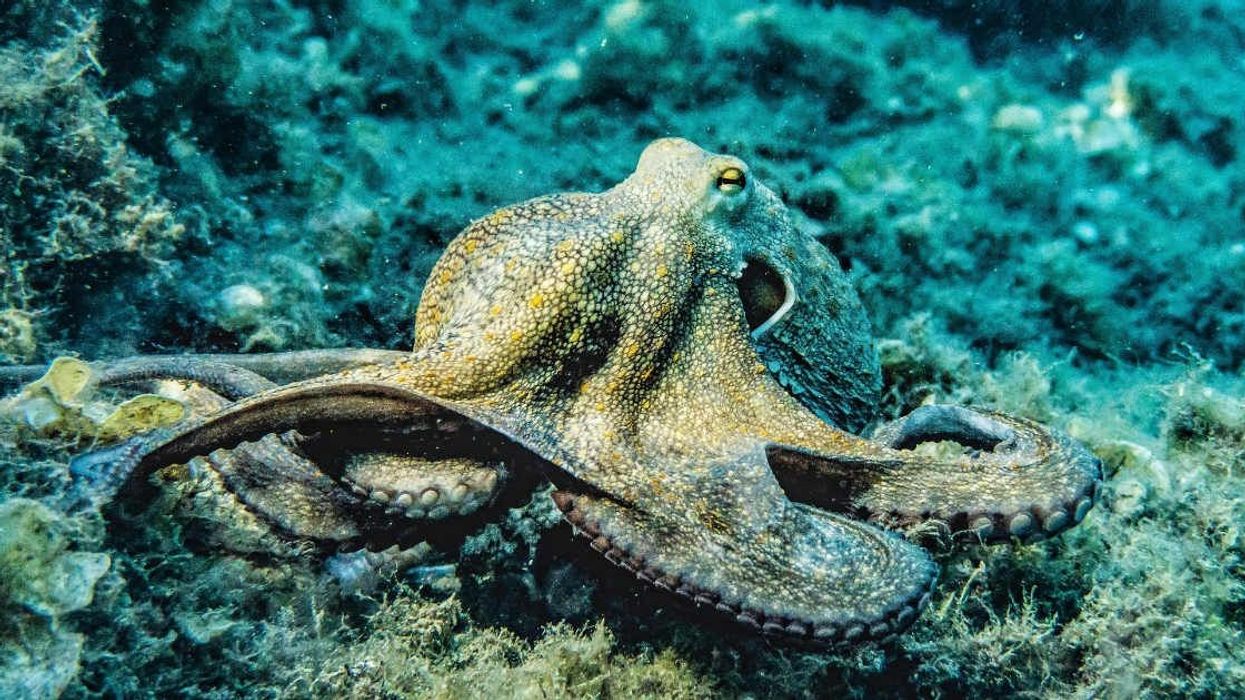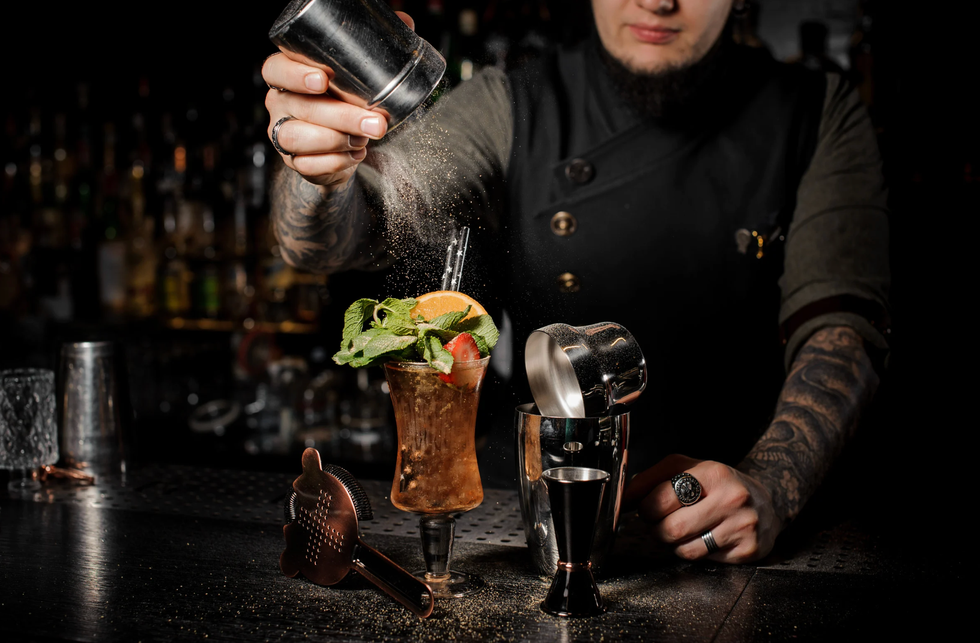When it comes to sports and teens, it seems that two is better than one.
A recent report commissioned by the Women’s Sports Foundation is reinforcing the many benefits of teens playing sports but also uncovered new information about the different benefits of certain sports for various participant groups.
“Teen Sport in America: Why Participation Matters” used national data about 12th graders from the annual “Monitoring the Future” nationwide surveys conducted by the Survey Research Center at the University of Michigan, which is funded by the National Institutes of Health. Researchers analyzed data from a sample of more than 14,000 high school seniors from 2010 through 2015, controlling for key factors including sex, race, and socioeconomic status.
For teens who participate in sports, the benefits are far-ranging, the study found, reinforcing what’s been found in past studies and by groups such as The Aspen Institute’s Project Play.
In general, teens who played one sport fared better than those who didn’t play any sports, and multisport athletes scored even higher on key measures such as the amount of daily exercise, adequate sleep, and the likelihood of eating breakfast each day.
“In many cases, there’s an amplified effect if they’re playing two or more sports,” says Nicole Zarrett, Ph.D., an associate professor of psychology at the University of South Carolina and one of the study’s co-authors.
In addition to the 13 most popular sports in the United States — baseball/softball, basketball, cheerleading, cross country, football, golf, lacrosse, soccer, swimming and diving, tennis, track and field, volleyball, and wrestling — the report outlined seven other emerging youth sports: crew, equestrian, field hockey, gymnastics, ice hockey, water polo, and weightlifting.
Survey respondents were asked about their participation in the past year at the school, community, and organized sports levels and were also asked about a wide range of health, lifestyle, and academic activities, including sleep, eating habits, substance use, and academic performance.
Teens who played at least one sport were more likely to report having an A or A- average at school and more likely to plan on graduating from a four-year college. Their psychological well-being was also stronger than non-athletes on measures including self-esteem, social support networks, and loneliness.
The benefits of sports are bypassing certain teens
Despite all of the evidence that proves how beneficial sports can be for teens, many of them still aren’t choosing to — or aren’t able to — opt in, according to the report.
The study’s authors found that nearly one-third of respondents weren’t participating in sports at all. For girls, the disparity was even more pronounced, with close to 39% of girls playing no sports at all. Multisport participation for girls was just 29%.
“Because girls are participating at lower rates, they’re getting fewer of the benefits than boys are,” says Marjorie A. Snyder, Ph.D., senior director of research and programs for the Women’s Sports Foundation.
The study also found that black and Hispanic teens were less likely to play sports than white teens.
“Clear differences in the racial and ethnic composition of each type of sport suggests the need to improve equity and diversity within certain sports,” the authors wrote in the report.
For teens of both genders with fewer economic resources, barriers to participation can include transportation to practice, equipment costs, and access to safe venues, Zarrett says.
Some sports have more health benefits than others
Despite the overall positive benefits of sports for teens, the study also found that participation rates and specific health and academic measures varied by sport. The sports cited as having the highest across-the-board benefits were track and field, cross country, tennis, and soccer.
“One of the things I like to talk about is that they’re gender-inclusive,” says Philip Veliz, Ph.D., an assistant research professor with the School of Nursing at the University of Michigan and a co-author of the report.
By contrast, athletes in several other sports including ice hockey, football, lacrosse, and wrestling all showed higher rates of cigarette smoking and binge drinking than their counterparts or than their non-athlete peers. In addition to gender participation differences, another factor is that kids who participate in high-contact sports like these tend to self-select and may have a riskier mindset to begin with, Veliz notes.
According to Snyder, the goal is to look at the sports that are doing well to see what they’re doing that can be replicated in other sports.
“The report has a lot of potential practical applications,” she says. “We hope each sport can take the lessons here and apply them.”
Parents of one-sport athletes who want to encourage them to take up a second sport may also find the results helpful, she notes: “If I were a parent and I had my child in wrestling, perhaps I should also put them in cross country.”
The full report can be downloaded from the Women’s Sports Foundation.

















 Screenshots of the man talking to the camera and with his momTikTok |
Screenshots of the man talking to the camera and with his momTikTok |  Screenshots of the bakery Image Source: TikTok |
Screenshots of the bakery Image Source: TikTok | 
 A woman hands out food to a homeless personCanva
A woman hands out food to a homeless personCanva A female artist in her studioCanva
A female artist in her studioCanva A woman smiling in front of her computerCanva
A woman smiling in front of her computerCanva  A woman holds a cup of coffee while looking outside her windowCanva
A woman holds a cup of coffee while looking outside her windowCanva  A woman flexes her bicepCanva
A woman flexes her bicepCanva  A woman cooking in her kitchenCanva
A woman cooking in her kitchenCanva  Two women console each otherCanva
Two women console each otherCanva  Two women talking to each otherCanva
Two women talking to each otherCanva  Two people having a lively conversationCanva
Two people having a lively conversationCanva  Two women embrace in a hugCanva
Two women embrace in a hugCanva 
 A reddit commentReddit |
A reddit commentReddit |  A Reddit commentReddit |
A Reddit commentReddit |  A Reddit commentReddit |
A Reddit commentReddit |  Stressed-out employee stares at their computerCanva
Stressed-out employee stares at their computerCanva
 Who knows what adventures the bottle had before being discovered.
Who knows what adventures the bottle had before being discovered. 
 Gif of young girl looking at someone suspiciously via
Gif of young girl looking at someone suspiciously via 

 A bartender makes a drinkCanva
A bartender makes a drinkCanva